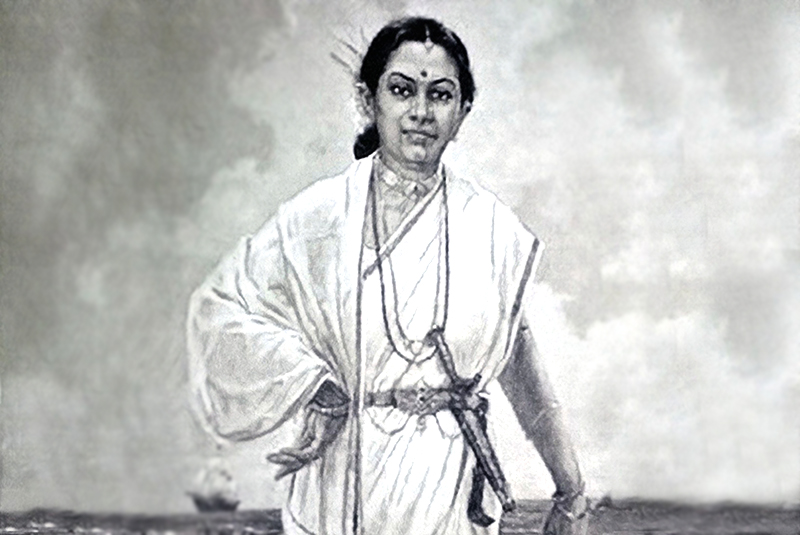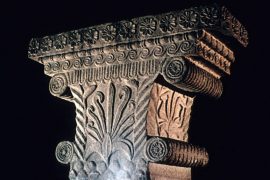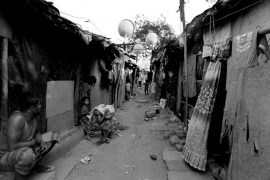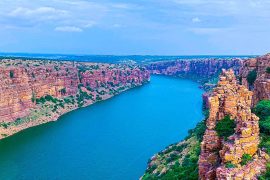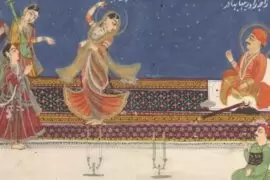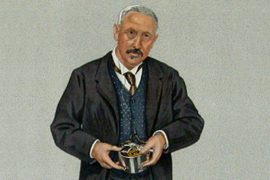In the sixteenth century, maritime explorers were traversing across continents and oceans in search of trade and colonies. In parts of the Indian subcontinent’s western coast, the Portuguese flag was flying high in what was called Portugal’s Homeric Age in the Orient.
Powered by the ambitions of their kings and queens, the Portuguese colonisers, barely within a century of Vasco da Gama’s landing in Calicut in 1498, had established three key hubs of power in India: Goa, Daman, and Diu. The Portuguese merchants traded actively in these areas, carrying spices, silks and other high priced goods back to the Mediterranean. In such times – when aggressive commerce pushed the colonial agenda – it took much fortitude and courage for a local queen, Abbakka Devi, to resist them.
The Bidnur kingdom stretched across swathes of western Karnataka from 1499 to 1763 CE, including modern-day Shimoga and Mangalore districts and a small portion of Kerala. Here, around the fort at Bidnur (later renamed Nagara), the Nayakas of the Vijayanagara empire, the great empire of the Deccan, established their kingdom. The Nayakas were feudatory chiefs who later became independent rulers.
In the areas near Mangalore lived the Bangar chiefs who built their hub of power within the Bidnur kingdom. After the area became independent of the Vijayanagara empire, they became feudatory chiefs under the Keladis. Their chief married the Queen of Ullal, who hailed from the matrilineal Chauta dynasty.
Copyright©Madras Courier, All Rights Reserved. You may share using our article tools. Please don't cut articles from madrascourier.com and redistribute by email, post to the web, mobile phone or social media.Please send in your feed back and comments to [email protected]

